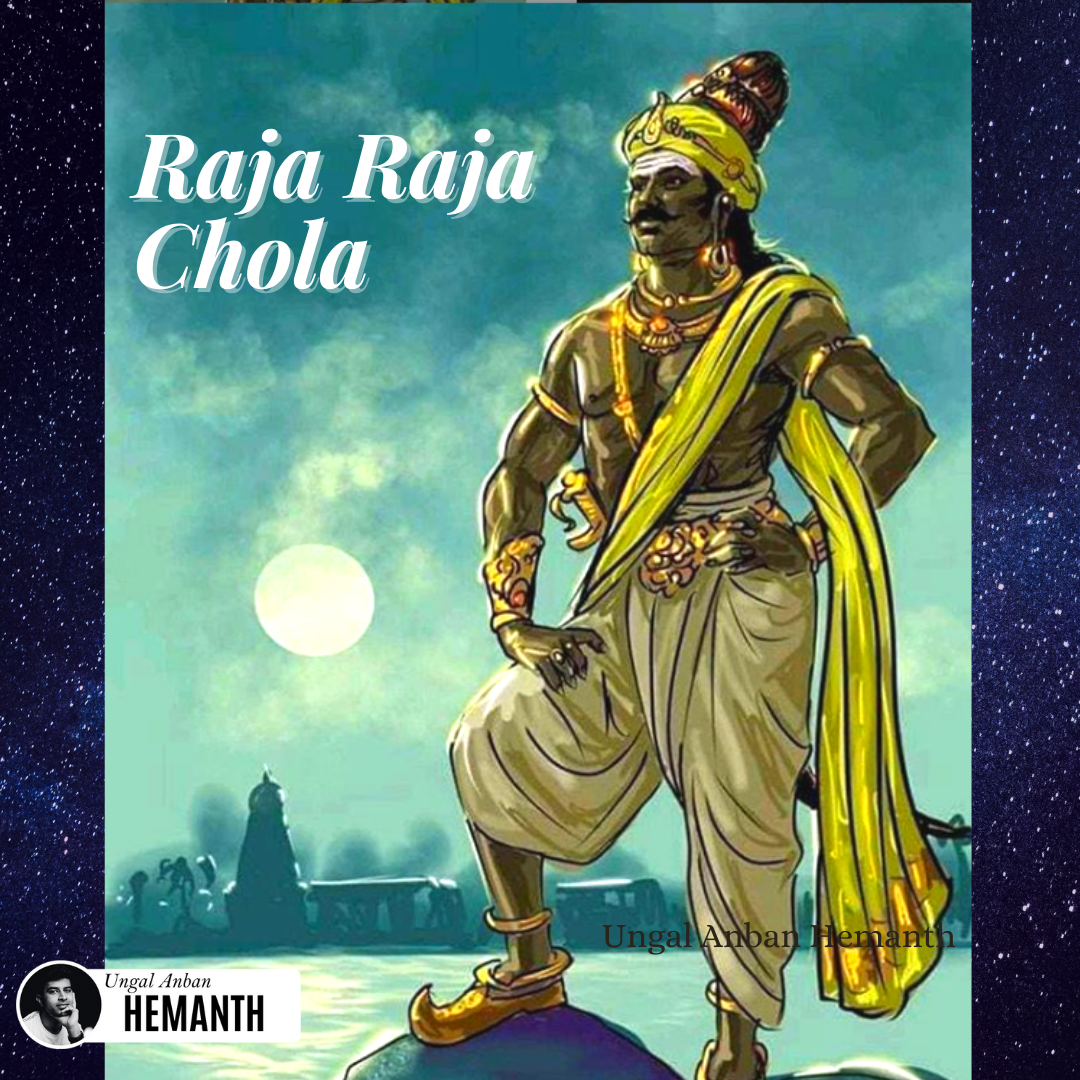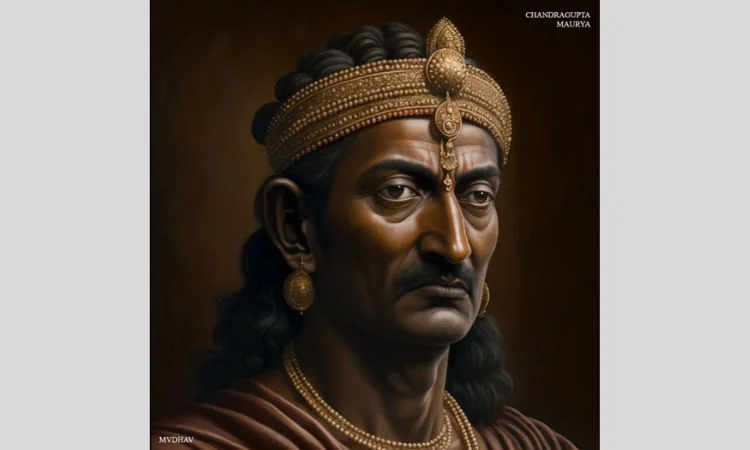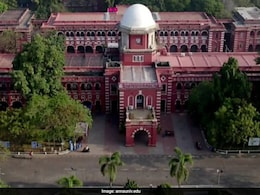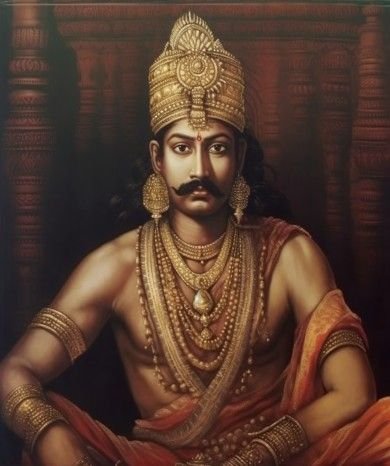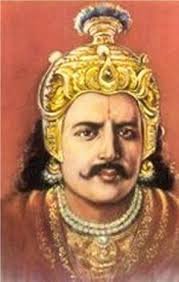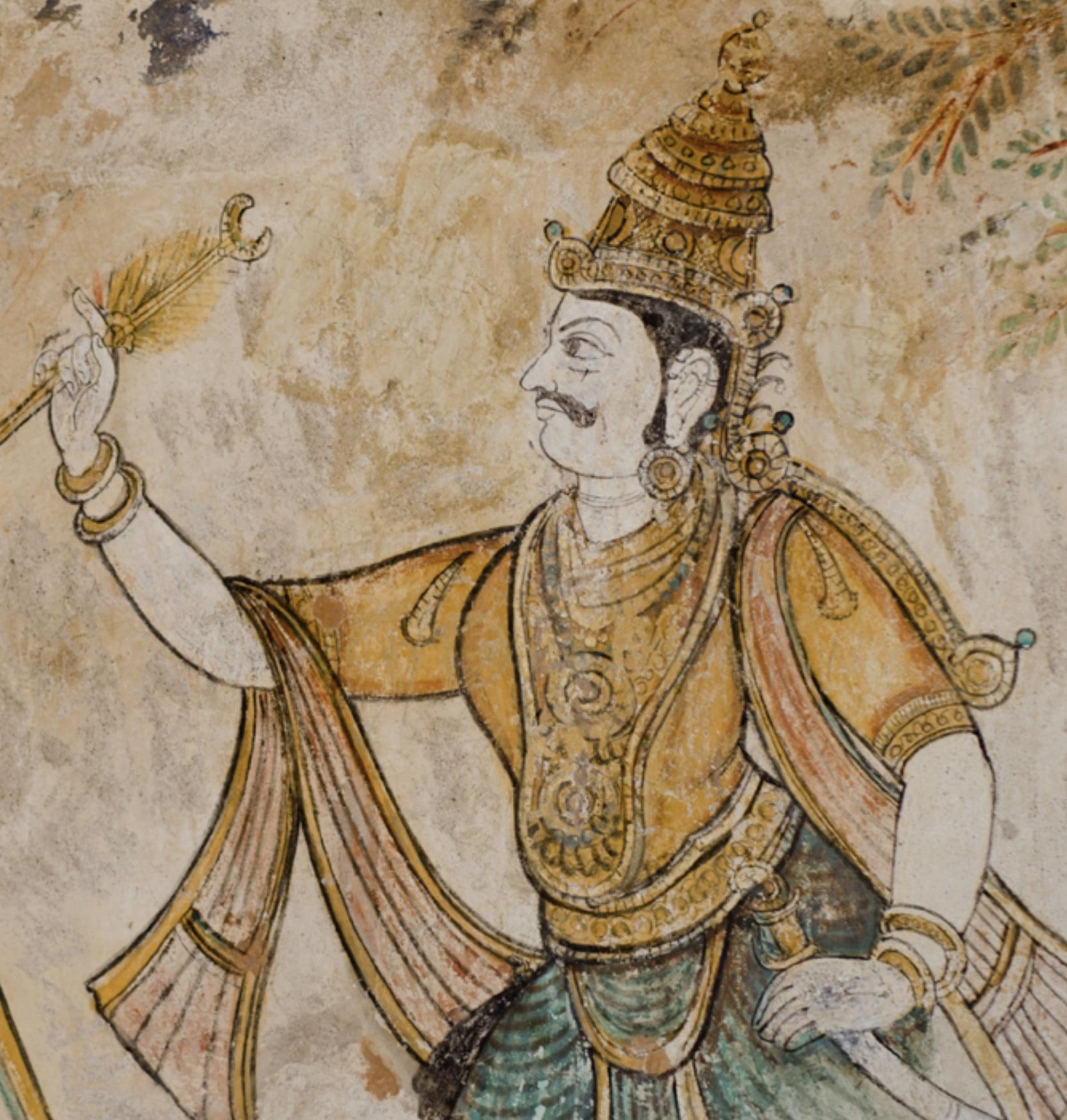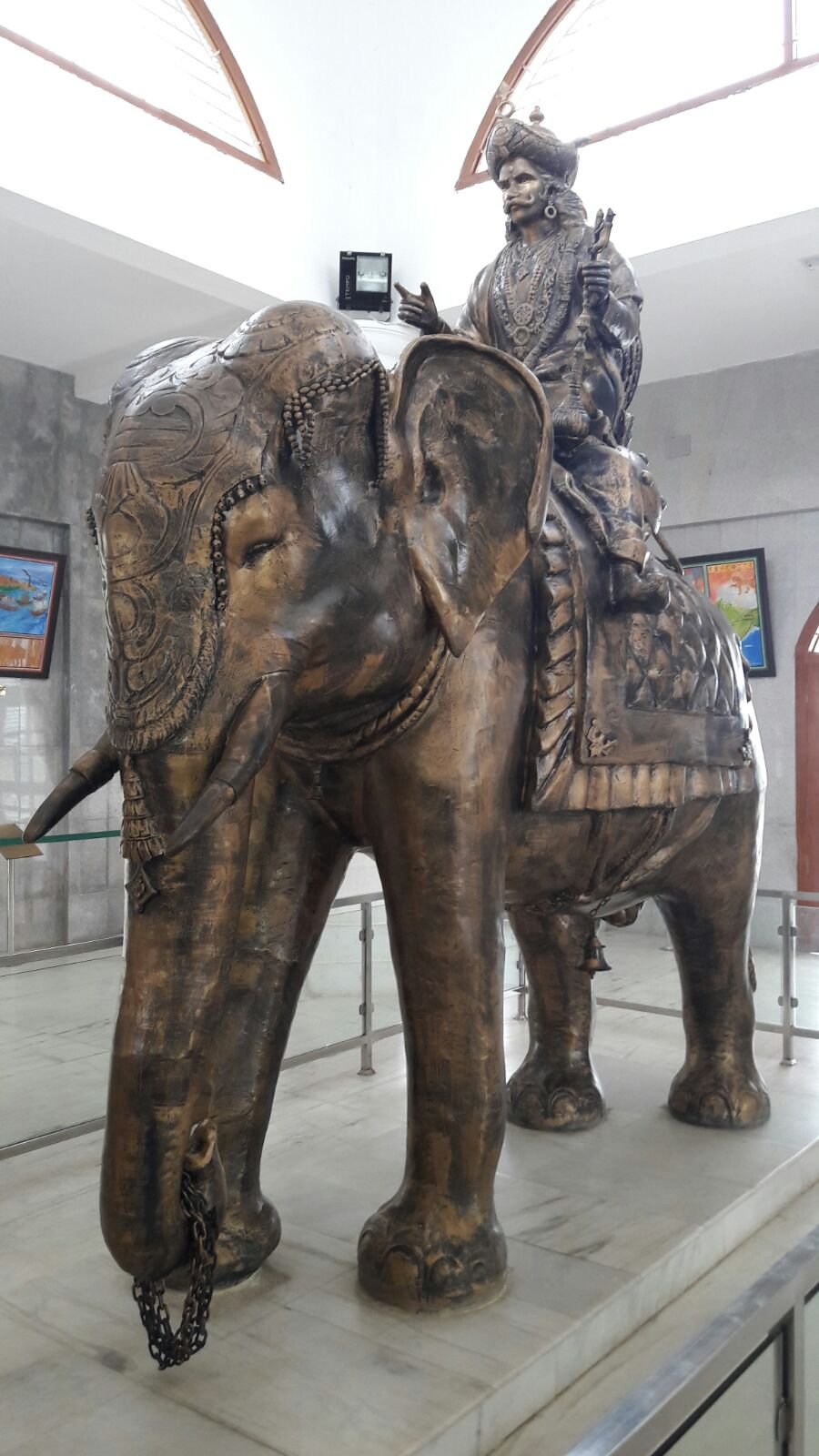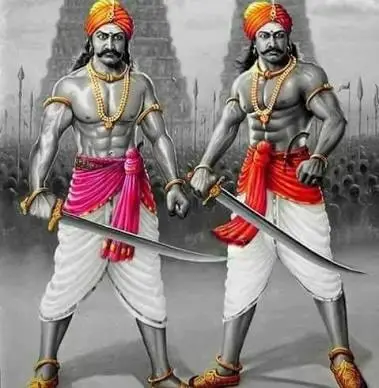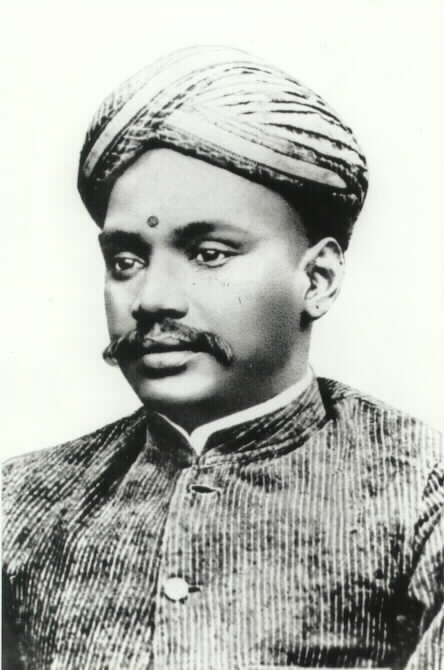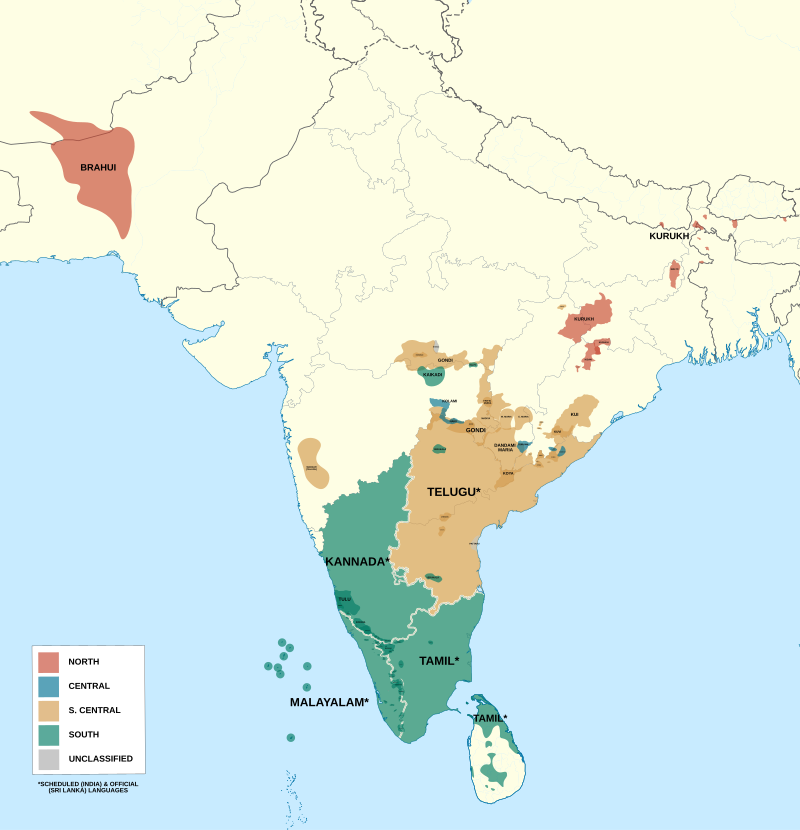
The Evolution of Tamil Dynasties: From Ancient Kingdoms to Modern Tamil Nadu
During the Lower Palaeolithic period, pre-modern humans primarily inhabited areas near river valleys with sparse forests or grassland environments. With a low population density, only two sites of this early culture have been identified in South India. Homo erectus, the pre-modern human species in the region, lived through this early phase of the Stone Age for an extended period. They relied on basic tools like hand axes and choppers and survived as hunter-gatherers.

